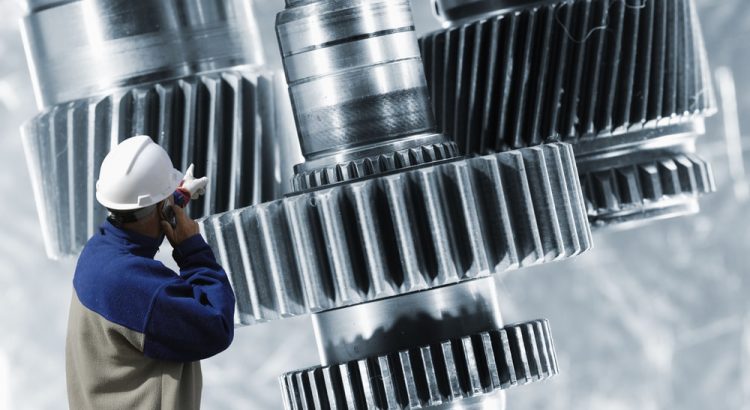The Wright brothers knew they were onto something when they first got the Wright Flyer off the ground at Kitty Hawk in 1903. It was quite an achievement back then. Today, the aerospace sector continues to plow ahead thanks to bigger and better technologies that continuously make flying safer, faster, and more comfortable.
Aerospace giants like Boeing and Northrop Grumman are ever on the hunt for new technologies. One of their biggest areas of concentration these days is sensor technology. Now that planes have transitioned from mostly mechanical vehicles to electronic, sensors play an increasingly important role in keeping aircraft in the air.
The thing about sensor technology is that its development continues to amaze. At Rock West Solutions in California, for example, engineers are working on amazing sensor devices covering a full range of needs, from emissions monitoring to surveillance and planetary exploration.
-
Aerospace Sensors for Defense
Commercial aviation is a big customer for sensor producers like Rock West. But defense aerospace is equally important. You could make the case that many of the developments that have propelled commercial aviation forward have their roots in defense applications. Thus, engineers put a lot of effort into developing defense-related aerospace applications.
A good case in point is a new Northrop Grumman project set to provide the Air Force and Navy with a laser-based missile avoidance system suitable for a variety of aircraft. The new system is capable of identifying infrared guided missiles, determining whether or not they are a threat, and deploying countermeasures when necessary – all without any input from crew members.
The technology is truly remarkable. Better yet, it relies on the latest in laser technology. The technology was not available a decade ago. But thanks to hard-working engineers who specialize in sensor development, the U.S. military now has a new automated tool for avoiding missile attacks on aircraft.
-
An Endless Number of Applications
Northrop Grumman’s advanced threat warning system is made possible by sensors designed specifically to identify and interfere with surface-launched missiles equipped with infrared tracking systems. What they have developed is designed for a very specific application. But in the larger aerospace ecosystem, there are an endless number of applications for which laser-based systems could be deployed.
Even more important is the understanding that lasers are not the only basis for sensor design. Aerospace is populated by all sorts of sensors capable of measuring temperature, pressure, wind speed, altitude, external loads, and on and on.
Rock West engineers say that the best way to amaze the aerospace industry with a new sensor is to find an unmet need and meet it. That is what Northrop Grumman did. They identified the need to better avoid missile attacks and created sensors that directly address how missiles track their targets.
-
Flying Bigger Planes Faster
Commercial aviation owes its current state to sensor technology too. For example, without a complete array of advanced electronic sensors it would be impossible to fly a behemoth like the Boeing 787. The plane stays in the air because its electronic systems keep it in the air.
Imagine trying to land a Boeing 787 when you are sitting in a cockpit so high that you cannot see the runway around the plane. Modern commercial aircraft rely on fly-by-wire technology to get jumbo jets back on the ground. That technology is only possible because of an array of electronic sensors that make up for the pilot’s lack of visual capabilities.
Aerospace and sensor design seem made for one another. As the months and years go by, the sensors developed to keep aerospace going continue to amaze.




